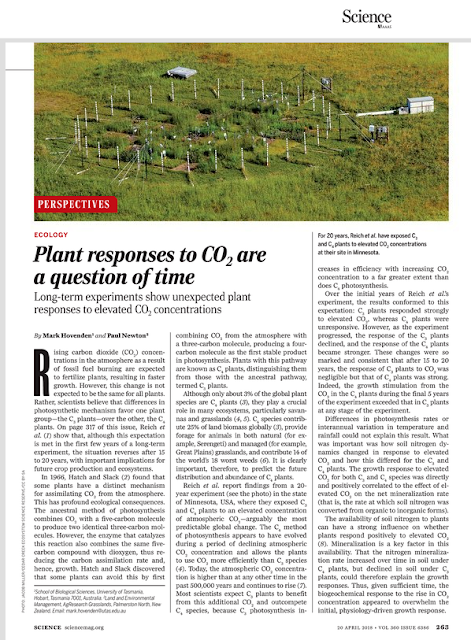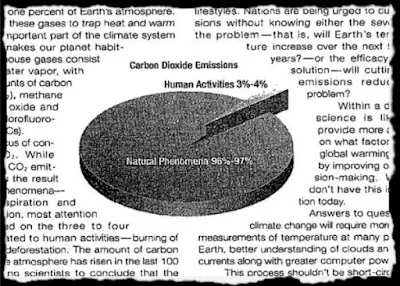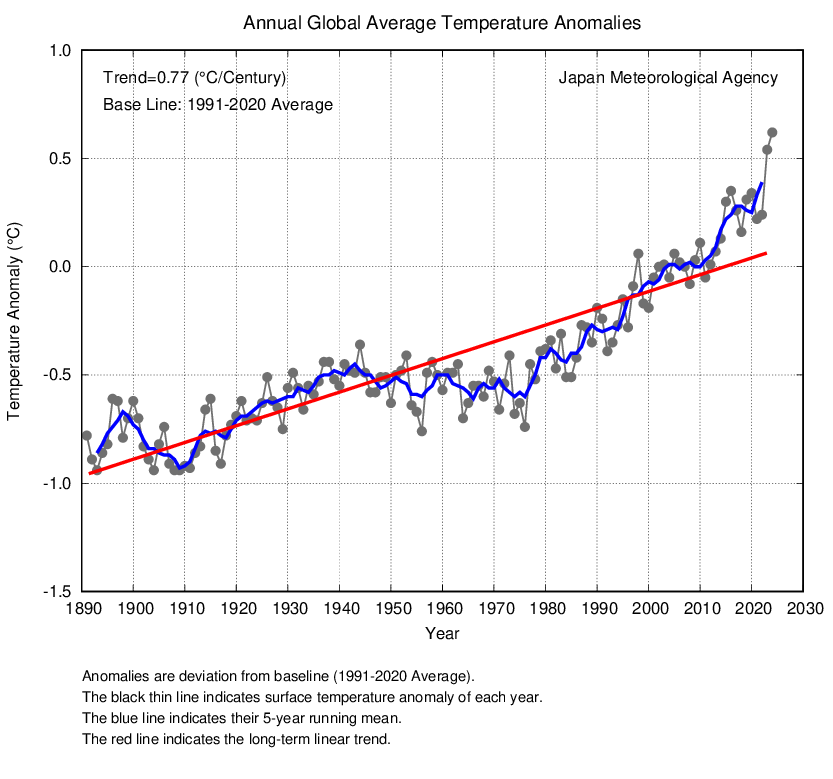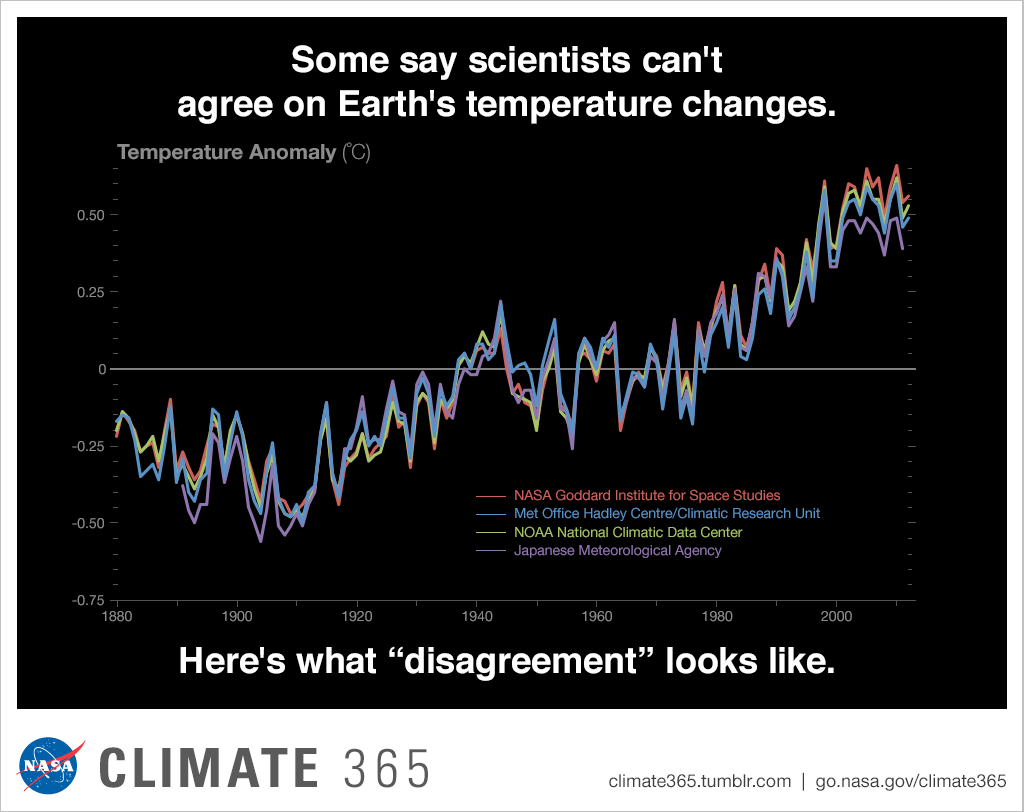https://goo.gl/9SXayo
First, the claims:
MY ANSWER:
Have you been to the echo chamber denier blogs now?
Is it WUWT or NoDickzone?
Found some studies you can misrepresent? Retard.
The studies you are linking to are saying that natural varabilities does play a role in warming regional areas as heat exchanges, but the main driver for GW is humans. This is nothing new.
None of your studies disproves AGW nor the fact that artic ice is a a record low as confirmed by the most comprehensive studies done on the matter + satelites.
Your attempt at claiming its ONLY natural varabilities at play is not supported by the studies nor by the authors of the studies.
Lets have a closer look AND hear from the authors themselves.
1. YOUR STUDY
Holocene variability in sea ice cover, primary production, and Pacific-Water inflow and climate change in the Chukchi and East Siberian Seas (Arctic Ocean)
http://onlinelibrary.wiley.com/doi/10.1002/jqs.2929/abstract
Chukchi and East Siberian Seas is local and does not represent all of the artic. Anyway, anomalies are quite common as heat moves around and local albeidos can and will make an impact.
The study is only talking about these local varabilities (marginal seas) in Chukchi and East Siberian Seas and never claims what you try to make it claim. It says:
"The biomarker proxy records show (i) minimum sea ice extent during the Early Holocene, (ii) a prominent Mid-Holocene short-term high-amplitude variability in sea ice, primary production and Pacific-Water inflow, and (iii) significantly increased sea ice extent during the last ca. 4.5k cal a BP. This Late Holocene trend in sea ice change in the Chukchi and East Siberian Seas seems to be contemporaneous with similar changes in sea ice extent recorded from other Arctic marginal seas .
In another study by the same lead author, Ruediger Stein, he DOES talk about artic sea ice:
"
Coinciding with global warming, Arctic sea ice has rapidly decreased during the last four decades and climate scenarios suggest that sea ice may completely disappear during summer within the next about 50–100 years."
https://www.nature.com/articles/s41467-017-00552-1
___________________________________________________________
2. YOUR STUDY:
Tropical forcing of the recent rapid Arctic warming in northeastern Canada and Greenland
https://www.nature.com/articles/nature13260
“A substantial portion of recent warming in the northeastern Canada and Greenland sector of the Arctic arises from unforced natural variability.”
They are wondering about why GW is not uniform and why there is a "hot spot" in Greenland
"The natural variations in the new study related to an unusually warm western tropical Pacific, near Papua New Guinea. Since the mid-1990s the water surface there has been about 0.3 degrees hotter than normal. Computer models show this affects the regional air pressure, setting off a stationary wave in the atmosphere that arcs in a great circle from the tropical Pacific toward Greenland before turning back over the Atlantic."
"Along this wave train there are warm spots where the air has been pushed down, and cold spots where the air has been pulled up," Wallace said. "And Greenland is in one of the warm spots."
So for these two "hot spot" locations only, the study concludes:
"Up to half of the recent warming in Greenland and neighboring parts of the Canadian Arctic may be due to climate variations that originate in the tropical Pacific and are not connected with the overall warming of the planet.
The other portion is likely due to global warming."
https://www.sciencedaily.com/releases/2014/05/140507132657.htm
_______________________________________
3. YOUR STUDY:
Influence of high-latitude atmospheric circulation changes on summertime Arctic sea ice
https://www.nature.com/articles/nclimate3241
"Internal variability dominates the Arctic summer circulation trend and may be responsible for about 30–50% of the overall decline in September sea ice since 1979."
THATS SUMMER ICE only . DO YOU KNOW WHAT THIS MEANS?
IT MEANS THAT ALL ICE TO HAVE DISAPEARED SINCE 1979, BUT FOR MAYBE 30% OF THE SUMMER ICE, IS DUE TO AGW!!
The first author of the study, Qinghua Ding, confirms this:
“
Anthropogenic forcing is still dominant — it’s still the key player,” said first author Qinghua Ding, a climate scientist at the University of California Santa Barbara who holds an affiliate position at the UW.
http://www.washington.edu/news/2017/03/13/rapid-decline-of-arctic-sea-ice-a-combination-of-climate-change-and-natural-variability/
SCIENTIST KNOWS ABOUT THIS, THERE IS NOTHING NEW HERE:
“The idea that natural or internal variability has contributed substantially to the Arctic sea ice loss is not entirely new,” said second author Axel Schweiger, a University of Washington polar scientist who tracks Arctic sea ice. “This study provides the mechanism, and uses a new approach to illuminate the processes that are responsible for these changes.”
YOU ARE CONFIRMING THAT HUMANS ARE THE MAIN DRIVER FOR CLIMATE CHANGE
_______________________________________________
4. This only shows that you dont read the studies, you only copy and paste from denier blogs. If you had read this one, you would not post it here, because it makes it 100% clear that humans are causing rapid CC in the artic:
YOUR STUDY
Holocene dynamics in the Bering Strait inflow to the Arctic and the Beaufort Gyre circulation based on sedimentary records from the Chukchi Sea
https://www.clim-past.net/13/1111/2017/cp-13-1111-2017.pdf
Abstract:
"
The Arctic currently faces rapid climate change caused by global warming (e.g., Screen and Simmonds, 2010; Harada, 2016). Changes in the current system of the Arctic Ocean regulate the state of Arctic sea ice and are involved in global processes via ice albedo feedback and the delivery of freshwater to the North Atlantic Ocean (Miller et al., 2010; Screen and Simmonds, 2010).
The most significant consequence of this climate change during recent decades is the retreat of summer sea ice in the Pacific sector of the Arctic (e.g., Shimada et al., 2006; Harada, 2016, and references therein)"
"Increased concentrations of atmospheric greenhouse gases have driven Arctic and global average warming,"
Screen and Simmonds, 2010
https://www.nature.com/articles/nature09051
________________________________________________________
5. YOUR STUDY
Glacier mass balance: the first 50 years of international monitoring
http://journals.sagepub.com/doi/abs/10.1191/0309133302pp326ra
THIS STUDY, WHICH IS VEEERY LIMITED, IS NOT RELATED TO THE ARTIC, AS IT CLEARLY STATES
The paper reviews measurements of glacier mass balance in the period 1946-95. There are data for 246 glaciers but most records are quite short. The available mass-balance
data are biased to Western Europe, North America and the former USSR with too few measurements from other parts of the world.
_________________________________________________________________
SUMMARY
NONE OF YOUR STUDIES DISPROVES THE RECORD LOW ARTIC SEA ICE AND THE FACT HUMANS ARE THE MAIN DRIVER FOR GW
We need to look at the wider picture, and scientist have.
Arctic land and sea ice loss observed in the last three decades continues, in some cases accelerating (very high confidence).
https://science2017.globalchange.gov/chapter/11/
"Sea ice loss "is beyond the range of natural variability, implying a human component to the drastic decrease observed in the records."
"This time series shows the Arctic sea ice extent in millions of square kilometers over the past roughly 1,500 years.
 https://www.climate.gov/news-features/featured-images/2017-arctic-report-card-sea-ice-melting-unprecedented-least-1500-years
https://www.climate.gov/news-features/featured-images/2017-arctic-report-card-sea-ice-melting-unprecedented-least-1500-years
"Arctic temperatures are rising faster than the global average. The Arctic was warmer from 2011 to 2015 than at any time since instrumental records began in around 1900, and has been warming more than twice as rapidly as the world as a whole for the past 50 years. January 2016 in the Arctic was 5°C warmer than the 1981–2010 average for the region, a full 2°C higher than the previous record set in 2008, and monthly mean temperatures in October through December 2016 were 6°C higher than average for these months. Sea temperatures are also increasing, both near the surface and in deeper water"
http://www.amap.no/documents/doc/Snow-Water-Ice-and-Permafrost.-Summary-for-Policy-makers/1532
"The annual mean Arctic sea-ice extent decreased over the period 1979 to 2012, with a rate that was very likely in the range 3.5 to 4.1% per decade. Arctic sea-ice extent has decreased in every season and in every successive decade since 1979, with the most rapid decrease in decadal mean extent in summer (high confidence).
http://ar5-syr.ipcc.ch/topic_summary.php
More statuses on sea ice from NOAA, NASA etc:
 https://nsidc.org/arcticseaicenews/2016/12/arctic-and-antarctic-at-record-low-levels/
https://www.snopes.com/fact-check/does-arctic-ice-doubt-reality-climate-change/
https://www.nasa.gov/feature/goddard/2017/sea-ice-extent-sinks-to-record-lows-at-both-poles
http://onlinelibrary.wiley.com/doi/10.1002/2017JC012768/full
https://nsidc.org/arcticseaicenews/2016/12/arctic-and-antarctic-at-record-low-levels/
https://www.snopes.com/fact-check/does-arctic-ice-doubt-reality-climate-change/
https://www.nasa.gov/feature/goddard/2017/sea-ice-extent-sinks-to-record-lows-at-both-poles
http://onlinelibrary.wiley.com/doi/10.1002/2017JC012768/full
 http://psc.apl.uw.edu/research/projects/arctic-sea-ice-volume-anomaly/
http://psc.apl.uw.edu/research/projects/arctic-sea-ice-volume-anomaly/





















